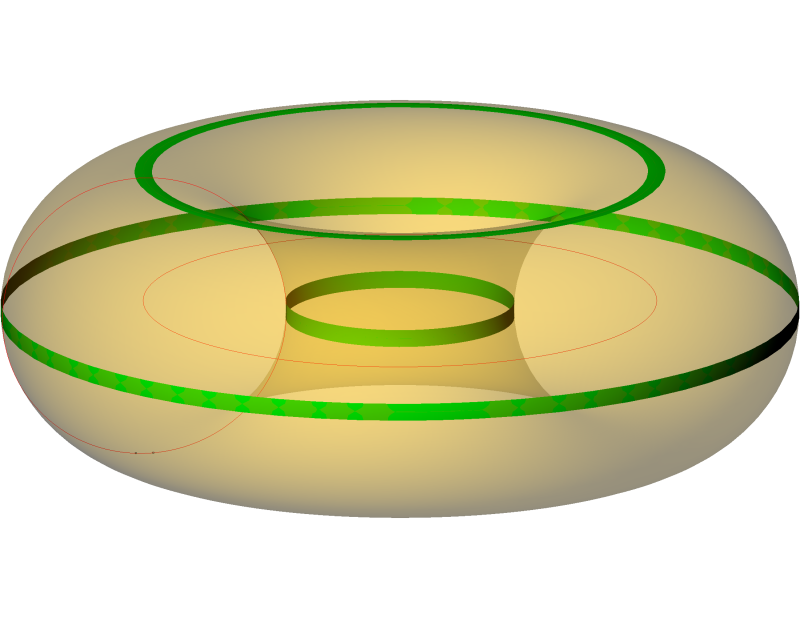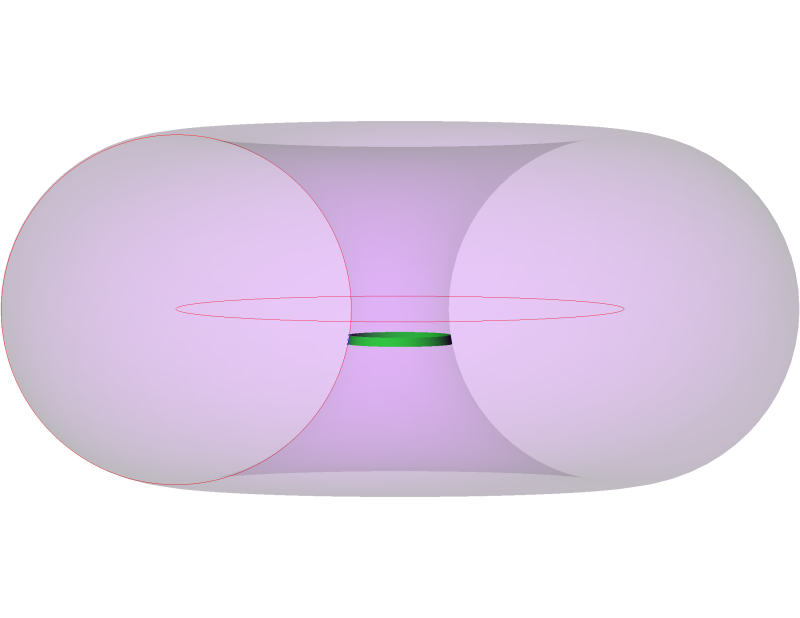powerhound
Mechanical
We are currently dealing with an issue where I work and it is regarding the degrees of freedom constrained by a toroidal datum feature used as primary. To be specific, it's not an entire torus, it's just about 7 degrees of the subsidiary radius but all 360 degrees of the main radius. It seems to me that this constrains 5 degrees of freedom but unlike a cone, there is a point and a plane, not a point and an axis, from which to take measurements from. My idea is that the thing that constrains u and v rotations is the spine of the torus but I'm getting some resistance to it.
What are your thoughts?
John Acosta, GDTP Senior Level
Manufacturing Engineering Tech
SSG, U.S. Army
Taji, Iraq OIF II
What are your thoughts?
John Acosta, GDTP Senior Level
Manufacturing Engineering Tech
SSG, U.S. Army
Taji, Iraq OIF II


